I first met this month’s guest on social media through our shared interest in reading and writing, and we quickly became friends. Carolyn has written four novels and has published several flash fiction stories in two anthologies. I have only read one book of Carolyn’s so far and look forward to enjoying the others in time.
I know Carolyn’s writing career keeps her busy, and so I’m delighted she has found the time to stop and chat with me.
Good morning, Carolyn. I thought we might start by learning a bit more about you. Perhaps you could tell me a bit about yourself.
Good morning Marcia. Thank you for inviting me to be interviewed on your blog.
I was the firstborn child to doting parents in a close-knit mining community, a village on the Derbyshire/Nottinghamshire border.
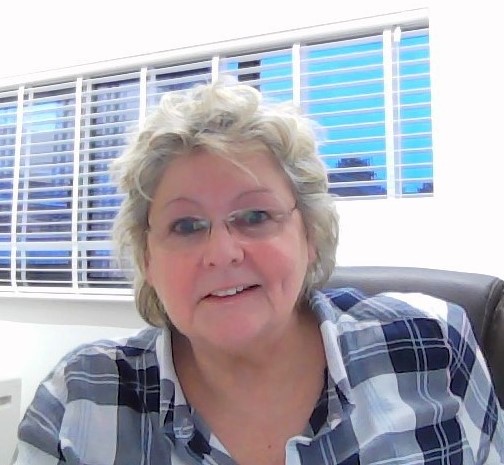
As a child, I loved listening to my Mam’s made-up stories and her playing the piano. She would also play records, and I think we had just three singles. I was fascinated with guitars, and even before I started infant school, I made my own guitar by stuffing a broken fence paling into an empty Persil box. I would strum those imaginary strings and sing the wrong words to Eden Kane and Marty Wilde. I bet it was wonderful for my Mam! My parents gave in and bought me a toy guitar for Christmas.
We had a piano as Mam was a brilliant pianist, and my coming along kinda spoiled her dream of becoming a concert pianist. When two sisters arrived, that dream died and sadly, a few short years later, so did she. My Mam passed away at the age of twenty-nine when I was just eight and the eldest of three girls. I was traumatised, and I worried whether my sisters and I would be kept together. (I think experiencing this trauma, Marcia, made me even sadder for Betsey in your novel of the same title.) We went to live with our paternal grandparents and their antiquated ways until my Dad remarried some four years later, and we were a proper family again. Soon, another sister joined the family unit, and we were all very close. I guess through the initial trauma, reading became my escape, and I would read stories to my little sisters every night in bed.
I am still a natural worrier; I worry for other people and animals. I guess I’m sensitive, but I’m also a tough cookie. I let things get to me and avoid things that upset me. I can’t even watch Animal Hospital or Planet Earth, and I’m not lying!
What is your earliest memory, and how old were you?
My very first memory is of my parents trying to soothe me from terrible earache with their hand-me-down parenting skills. I was a babe in arms and still in nappies.
What inspired you to start writing?
I believe it was the love of stories, the ones my Mam told me and the ones I read. I think reading is the main ingredient. I liked writing compositions at school, and I was good at drawing. In my young teens, I became obsessed with designing schemes for rooms and furniture. I attended art college full-time for four years and got a Degree in Industrial Art and Design, specialising in interior design and this was my career until I retired. My hobbies were painting and writing, but writing took over when I retired.
My enthusiasm for writing sparked at school but I didn’t give it any real time until after college. In the late 70s, I wrote a children’s novel. I typed it up and chucked it in a box (it is still there). Adult life took over, but the burn for creative writing grew, and I knew if I was serious, I needed to learn the craft, so I went to many evening classes. The best thing that happened was that I found the most brilliant writing group. I wrote some not-wonderful poems but some decent short stories over the years, and I had the benefit of the group’s critique. There were some excellent writers in the group.
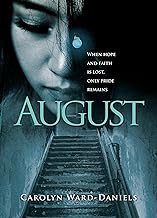
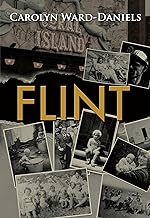
I wanted to write a novel. I had a title and a thin plot. I knew what the ending and the genre were and started writing. Even with the thinnest of plots, you have somewhere for the words to go. So ‘AUGUST’ was birthed. I read each chapter to the writer’s group, which was well received. This was now the early 90’s. I typed the manuscript and chucked it in the same box as the kid’s novel. I was eager to start another novel that was buzzing in my head; ‘FLINT’. Then things went wrong. The Arts Council changed the funding of our writers’ group, and sadly, it broke up. I put the first three chapters of FLINT into the writing box and forgot about it.
What is your process when planning a new book? Do you plan out each chapter or start writing and see where the story takes you?
When working full-time, I composed in my head when I went to bed and then wrote it out at weekends. I write long-hand, and the first draft is written on one side of an exercise book, leaving the other side of the page empty for my alterations and additions. This first draft is rather scrawly as the story comes galloping out. I then write a second draft also long-hand. Here, I make deliberations, and I can spend a while choosing the words that sit correctly with each other. I call it “writing it properly”. When I’m happy with the words, I type out the third draft before the onslaught of editing and editing…and..editing.
Have you self-published any of your books? If so, how did you do this, and what advice can you give other authors?
This is an excellent question, as I still learn all the time from other authors and try to avoid their pitfalls, so I’m happy to share my own experiences. After the Junction 28 Writer’s Group broke up in the 1990s, I didn’t write another fictional word until around 2008, when I found those first chapters of FLINT, which fired my interest again. When I started writing it all those years ago, I had a fully rounded plot in my head for FLINT and now I couldn’t remember it! I had literally lost the plot!
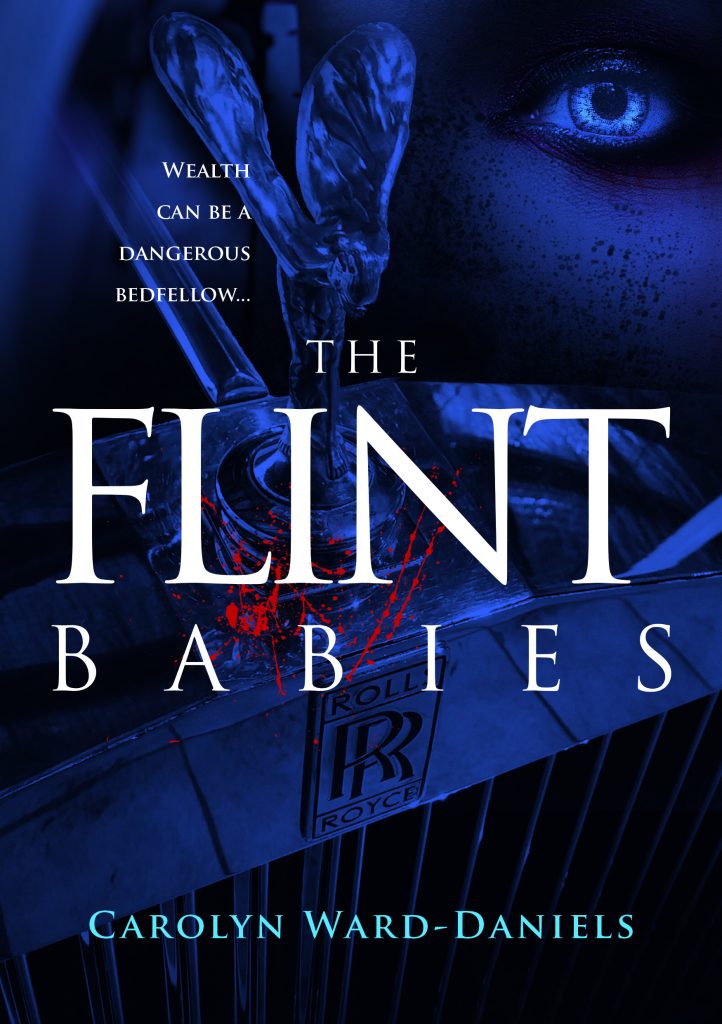
For some time, full-time work didn’t allow many words to flow, and I was back into painting. In 2010, I decided to send the first three chapters of ‘AUGUST’ to an agent. I couldn’t believe how long it took to get a reply. It was a rejection but with a positive, encouraging letter. My thoughts were, “My goodness (or words to that effect), how long would it take to get published?”. It was now 2013. I had AUGUST as a Word doc, and the option of Print on Demand had arrived. After a bit of research, I decided to follow the self-publishing route. Life’s too short! However, I had no idea what to do, and I mean NO IDEA!
I was a regular reader of Writing magazines, and whilst shunning the ads for vanity publishers, I saw an article/ad for a company that offered basic services such as formatting and marketing for a small fee. I didn’t want to go down the vanity publishing route, so this seemed perfect. The way forward wasn’t quite as smooth as I expected. There were some glitches in this process, which I found frustrating, and I just wanted it done. So, eventually, I had my very first paperback in my hand, and it was on Amazon, together with the e-book. The other “marketing” offered by the formatting company was to make me a Facebook account and a Twitter account (which is why I now have two of each), and I also got another e-mail address).
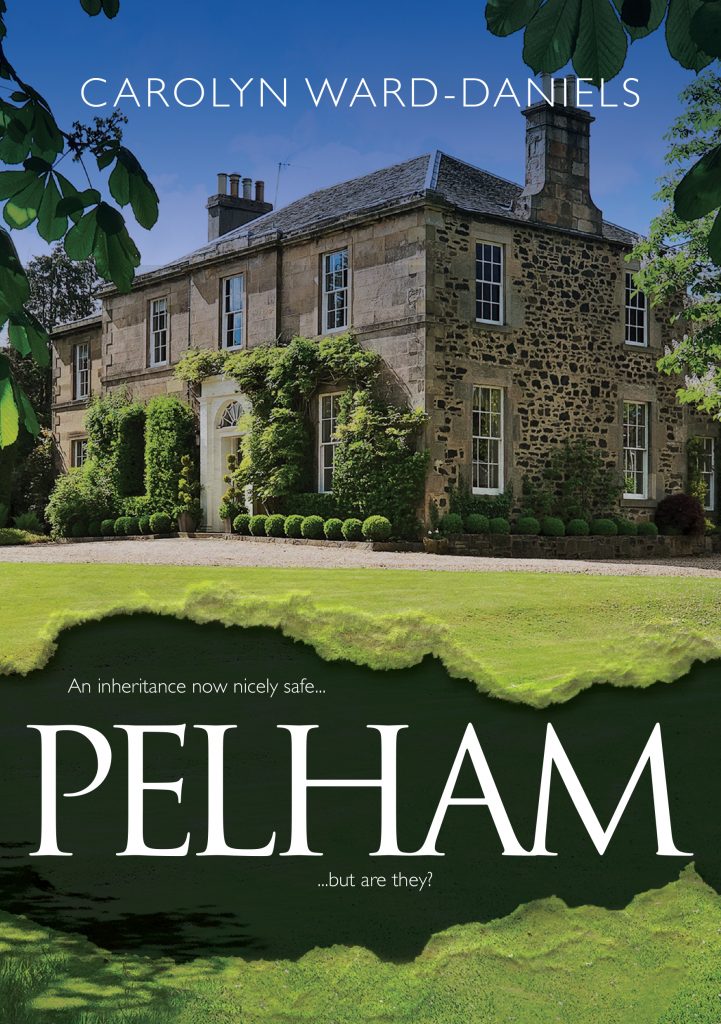
AUGUST went well on Amazon, and I learned how to navigate KDP. I was now invested in writing FLINT. When I finished this novel, I still was no wiser on how to self-publish, so I used the same company for the job. I have to say this went more smoothly, and I did ask them not to make me any more Facebook or Twitter accounts. They didn’t ..but made me another e-mail address, leaving me with a messy highway of which e-mail is connected to what. This company put the publishing process through Lulu, and I discovered over time that the price of those paperback books kept increasing, but I wasn’t making any money.
I had some great feedback on social media, with people posting pictures of the books having arrived and posting reviews on Amazon, but according to KDP, those sales didn’t show up, except the one under my imprint did. The readers wanted another follow-up to ‘The Flint Babies’ , so I wrote ‘PELHAM’ and self-published that under my own imprint.
I knew I had to regain control of the first two books, so I republished AUGUST and FLINT with new covers, retiring them both from Lulu. Recently, when I was checking my books on Amazon, I couldn’t believe that the old ‘FLINT’ popped up as Amazon’s “frequently bought together”. I was angry and contacted them, and the bots replied that they couldn’t do anything about it as it was still available. WHAT! I said oh no, it isn’t, they said it was and referred me to Lulu. This is important for other authors to know; if you read the small print on Lulu (remember I did not choose this route myself), whilst you can ‘retire’ your book, you cannot delete it. My message to other writers who wish to self-publish is to keep control, find a friendly writer to help you and read all the information available on KDP. Ask questions of other published writers; I had to and still do.
That sounds like great advice, Carolyn. I don’t think any author finds self-publishing easy by any means, and I think we all learned as we went along.
Do you like the same type of books that you write?
I do like the same type of story that I write, but I try other genres. I am not keen on science fiction, but I don’t mind dystopia. I’m not a fan of horror as I get involved, and then I have nightmares. I like a good ending and the baddies to get their comeuppance.
What do you like most about writing?
Writing is creative, and whilst I love to paint, it is messy, or should I say I am messy. Once I begin, I’m fine, but I am precious about the subject matter; it has to be something I really want to paint. I think writing is like painting with words, so I get my creative fix. I enjoy writing flash fiction. It has that discipline of tightening up the story, a quick, satisfactory, creative punch.
If you could meet one person from history, whom would it be – and why?
I would like to have observed Salvador Dali (my favourite artist) painting. He was a genius but a bit weird, so I would choose to meet Maya Angelou. She was beautiful inside and out. I would want to listen to her recite some of her poems. I have yet to read one of her many autobiographies.
A good choice. I remember reading “I Know Why The Caged Bird Sings” by Maya Angelou when I was studying for my English Language and Literature A level and I enjoyed it very much; a great novel.
What is your favourite place on earth and why?
I love the seaside, probably because I have good memories living in me from childhood holidays; such wonderful times. This is a painting I did a few years ago of my dad and my dog. It means a lot to me now as both are long gone. This nostalgia is found on the pages of ‘FLINT’. Most of my paintings are of the seaside and beach scenes. My favourite place all year round is my cabin at the bottom of the garden. I built it so I could write and paint in peace. It houses my many books, and I can read, listen to music or sit in the quiet and play my guitar. Love it.
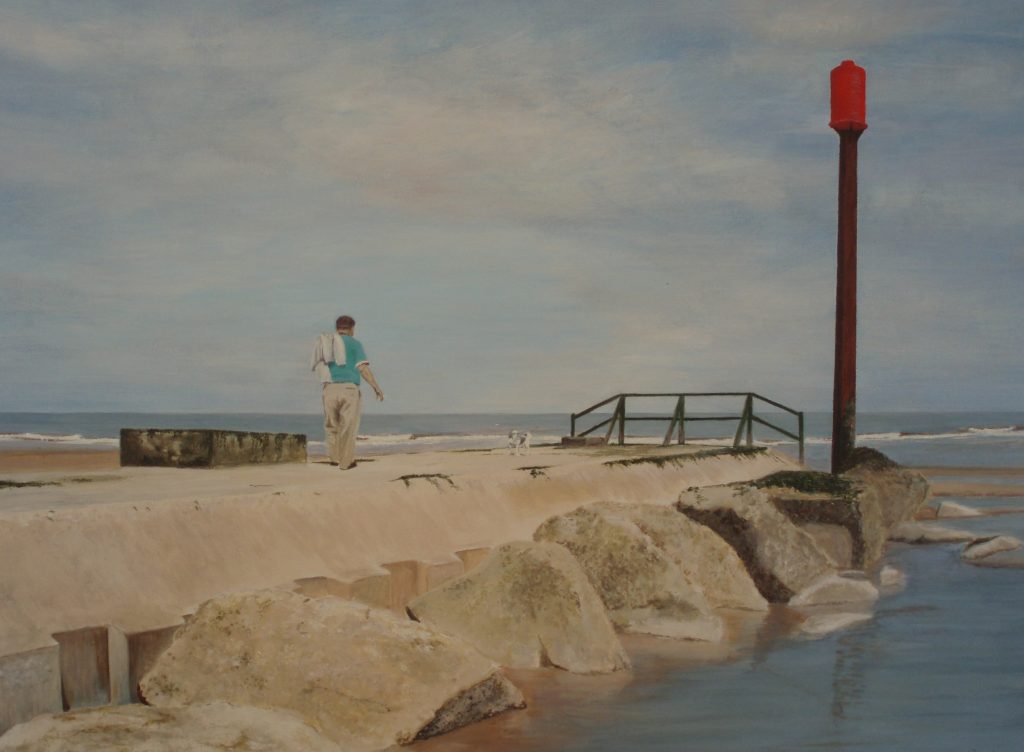
It’s a beautiful painting; you should be proud of it. I bet your dad loved it!
Who is your favourite fictional character, and why?
Any of the superheroes. I would like Superman to sort out the world and rid the planet of nasty, harmful people as soon as possible!
Well, that would be great, wouldn’t it? He’d definitely have his work cut out!
Thank you, Carolyn, for taking the time to talk to me. I wish you every success with all of your books.
Readers, you can find Carolyn on the following links:
Carolyn Ward-Daniels Facebook Page
0 Comments